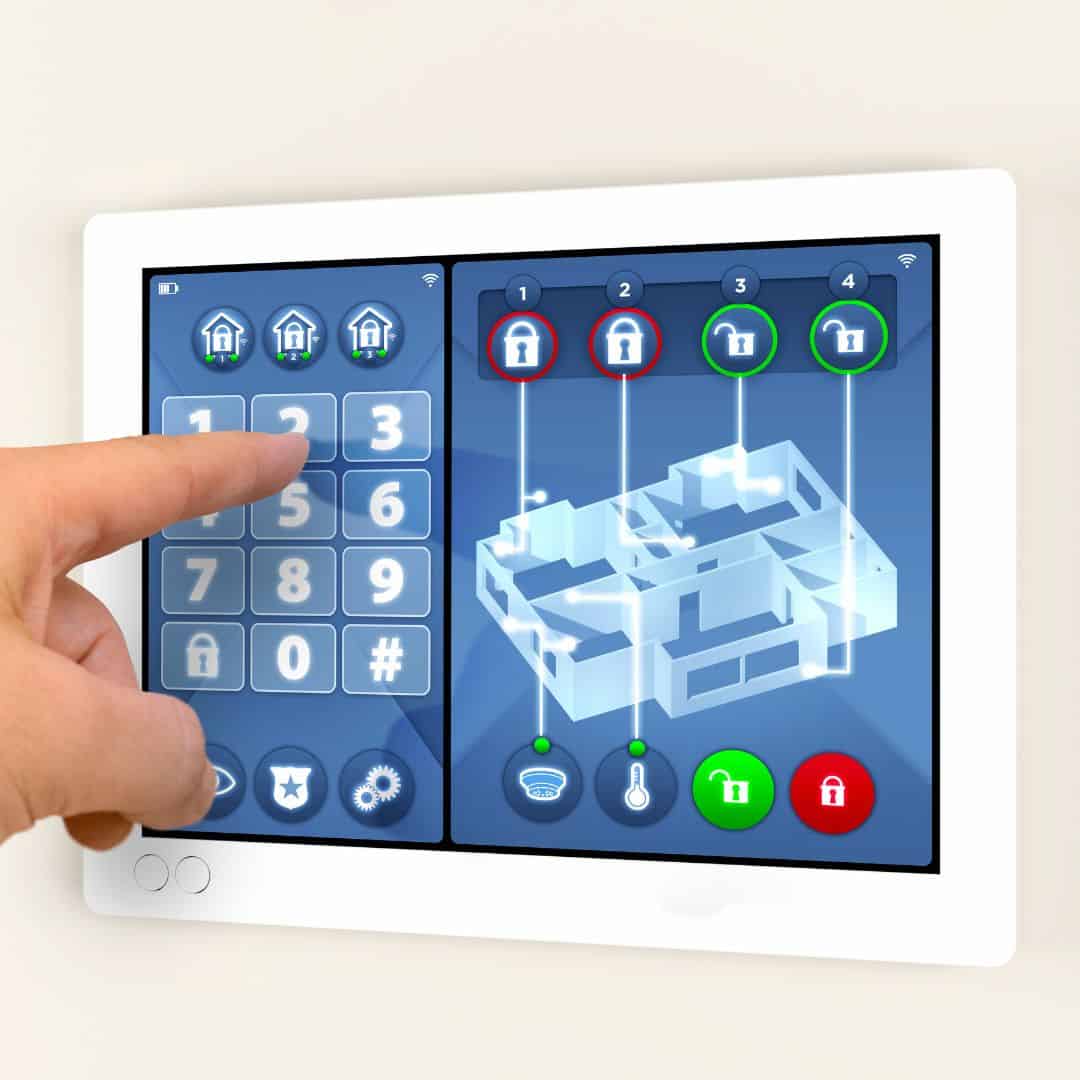Intruder alarm trends for 2022

For most homes and place of work, a good intruder alarm is the bare minimum security solution. So millions of alarms are currently installed across the country, some utilising the latest in smart technology and other many years or even decades old.
It’s predicted that as many as one in four households will have an alarm installed by 2024. If you’re one of the many currently in the marker for a new intruder alarm, you might want to familiarise yourself with the major security trends shaping the sector in 2022.
Blending into the home
The one thing that intruder alarms are not known for (currently) is their aesthetic appeal. after all, isn’t the point of and alarm to make itself known so that any potential criminal sees it and thinks twice?
However, smart home designs such as Sonos and IKEA are completely changing the game as far as subtle intruder alarms are concerned. These solutions include lamps and wall art with embedded speakers. Theses solutions however, are rarely as thorough and resilient as those offered by professional security suppliers.
A reduction in false alarms
While intruder alarms operate as expected nine times out of ten, there is always that one time that results in a false alarm. This can be anything from a rouge cat triggering the sensors to a simple malfunction in the system.
However, there are security brands now incorporating AI into their alarms that deliver more information to central monitoring systems. this allows the system to prioritise certain alarm triggers and significantly reduce false alarms. There are even AI security systems that utilise facial recognition, though this would probably be overkill for 99% of residential security customers.
Wi-fi sensing and radar
What actually triggers an alarm is generally a combination of sensors that detect motion and sound when active. These are, however, some manufactures experimenting with combinations of radar, Wi-Fi and ultrasound technologies to more accurately trace motion and occupancy in the home.
This has the protentional not only to keep the home secure but to help those in need who require supervision. This technology is already being utilised by Amazon with their Echo smart speaker range and could very well supplant the traditional door/window contact a and motion sensor systems in years to come.
Attack of the drones
Drones have long been seen as the poster children of the smart security future. These automated flying robots can monitor your premises from up to 20ft in the sky, spotting intruders and sending the alarm accordingly and also capturing footage that can be uploaded to cloud servers in case the drones themselves are somehow disabled.
Of course, the idea of having a bunch of drones flying around the neighborhood probably isn’t going to be a very popular one, at least not yet. But this is just one of the more forward-thinking trends that all security-conscious individuals should at least keep in mind for the future. Because before you know it, the future will become our present.
